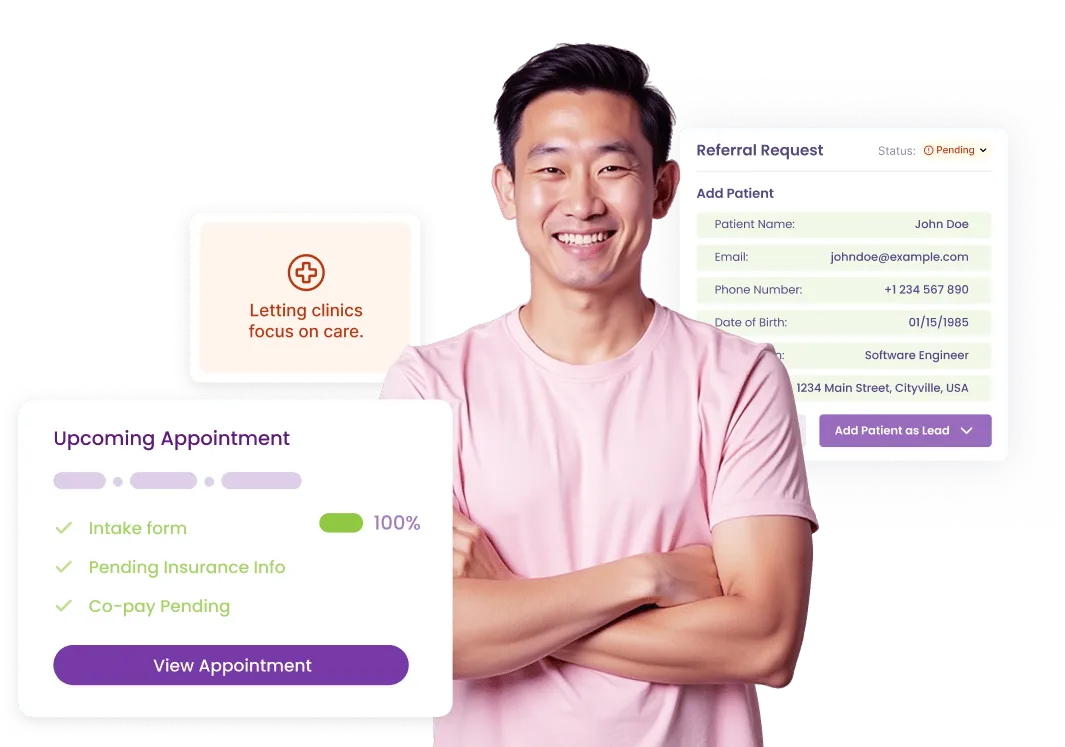96131 – Behavioral Health Assessment / Diagnostic Service
CPT code 96131 represents a distinct mental or behavioral health service, including evaluation, therapy, or care coordination.
What is CPT
96131
?
96131 is a critical CPT code utilized in the realm of assessment services, specifically for diagnostic testing. This entry provides a comprehensive overview of the clinical applications, documentation requirements, and payer considerations associated with the use of this code. It is imperative for providers to ensure that clinical notes are aligned with evidence-based interventions, detailing treatment goals, interventions deployed, and quantifiable progress made during the treatment process. When billing for services that are time-based, it becomes essential to accurately document start and stop times to substantiate the duration billed. This meticulous approach not only supports compliance but also enhances the quality of care delivered to patients.

Documentation Tips
When billing for time-based psychotherapy services, it is crucial to document start and stop times meticulously. Additionally, it is important to record the specific therapeutic modality employed or the assessment instrument utilized during the session. The documentation should also reflect the clinical focus, patient responses during the assessment, and a clear plan for follow-up interventions. For any scored instruments, retain copies of the completed tools for reference. In the context of telehealth, ensure that consent is documented, along with the details of the platform used for service delivery. Employ consistent documentation structures such as SOAP (Subjective, Objective, Assessment, Plan) or DAP (Data, Assessment, Plan) to maintain audit readiness and enhance the overall quality of documentation.

At a Glance
- Service Type: Assessment
- Use Case: Diagnostic / Testing
- Typical Setting: Outpatient clinic, telehealth (subject to payer policy)
- Billing Unit: Per session / per assessment instrument (may vary based on code)
- Common Pairings: 90791, 96127, psychotherapy codes
Billing Examples
For instance, a clinician may administer the PHQ-9 to assess a patient's depressive symptoms. The results of this scored instrument are documented and subsequently billed using the appropriate code. In another scenario, standardized neuropsychological assessments may be conducted, which involve administration, scoring, and interpretation workflows that validate the application of assessment codes. Each of these examples underscores the importance of thorough documentation and adherence to clinical guidelines to ensure compliance and facilitate reimbursement.
Compliance Guidelines
- Before proceeding with billing, confirm payer coverage and authorization requirements to avoid claim denials.
- Document medical necessity thoroughly, ensuring that services are linked to relevant ICD-10 diagnoses to support the justification of billed services.
- Utilize appropriate modifiers as required, such as the 95 modifier for telehealth services, to ensure compliance with payer regulations.
- Avoid the practice of upcoding; select codes that accurately reflect the documented time and level of service provided.
- Conduct regular audits of billing practices to decrease the likelihood of denials and enhance the quality of documentation across the board.
Common ICD-10 Codes
Helpful links for mental health billing and documentation
- F32.9
- F41.1
- R45.0
- Z13.89
- F90.0
Additional Resources
Helpful links for mental health billing and documentation
Related CPT Codes
Helpful links for mental health billing and documentation
Got questions? We’ve got answers.
Need more help? Reach out to us.
Q1: What services does this code encompass?
A: The 96131 code applies to clinical activities aligned with the definition of diagnostic testing; it is vital to ensure that documentation supports the billed service.
Q2: Is this code applicable for telehealth billing?
A: Many payers will reimburse for telehealth services when they are conducted synchronously and appropriate modifiers and consent are documented. It is advisable to review the specific payer policies.
Q3: What type of documentation might payers require?
A: Expect payers to request documentation that includes time spent, therapeutic techniques or assessment instruments utilized, patient responses, and a clear linkage to a covered ICD-10 diagnosis.
Q4: Can this code be billed alongside other services?
A: When billing multiple services, it is essential to document distinct time spent on each service and provide a rationale for each. Consider using add-on codes or adhering to Evaluation and Management (E/M) separation rules where applicable.
Q5: What are common reasons for claim denials?
A: Common denial reasons include inadequate documentation of time, lack of evidence supporting medical necessity, incorrect use of modifiers, or billing for services beyond frequency limits established by payers.

